Your outdoor space is like a large artist’s canvas, ready for the master’s touch. This however is a painting like no other. It is both an art and a science in 3D. Designing an outdoor space is an extremely complex project.
Living Art
Landscaping is akin to creating a masterpiece, starting with a blank canvas—the backyard or front yard. Every patch of land presents an opportunity to weave together colors, textures, and shapes in a way that captivates the senses and evokes emotions.
Nature’s Palette
The palette you will work with is not a painter’s palette where you can effortlessly mix one color with another color. Rather your palette will have a a huge variety of plants with hundreds of colors, reds, blues, yellows, greens and hundreds of shades in between. Your pallet will have many different cultural requirements from full sun, full shade, or acidic soil to alkaline soil. Then to add to that your palette will constantly change. Your plant palette will grow, some fast and some slow. Some will grow too big and some won’t be big enough. You as the artist will need to understand all of this and curate into a sustainable thriving garden.
Hardscape Elements to Anchor Your Art
Hardscape elements are just that. Hard items, concrete, pavers, boulders, concrete curbing, water features etc. Hardscape elements are usually pretty low maintenance. They are non-living so they don’t need regular mowing or pruning.
Focal Points
Use focal points creatively to draw attention and direct the eye of your admirer to highlight the most desirable views. Make sure you place a focal point out the living room window or place a focal point to reinforce a spectacular view (mountains, water etc). Focal points can be more than
Scale and Proportion
Using the right scales can make a small yard feel bigger and a large yard more intimate. Use size and scale to add depth and interest to your design.
Seasonal Dynamics
The seasonal dynamics of your piece of artwork is the most exciting part. Your artwork will be changing on almost a weekly basis. As plants wake up from winter into spring you will be amazed at how exciting it is to see the first crocus and other bulbs popping from the soft soil. Next you will water the buds swell and then quickly transform into beautiful green leaves of many shades. Next the beautiful blooms and flowers. Vivid colors including pink, purple, white, and yellow will fill your yard this will continue from spring to fall. As you progress through fall you will see the beauty of fall leave colors present themselves. Stunning reds, yellows and oranges will fill your yard. Your living garden artwork is now completely different from the garden in the spring and summer.
Sustainable Innovations
In an era of prioritizing sustainability, integrating eco-friendly practices into landscaping has gained momentum. From rainwater harvesting systems to native plantings that require less water, these innovative practices not only reduce environmental impact but also contribute to the beauty and functionality of the landscape.
Functional Spaces for Living
A landscape isn’t just about enjoying the beauty of it all. Its also about creating functional outdoor living spaces. Garden paths, outdoor kitchens, firepits, and veggies gardens, must all be designed seamlessly into the landscape garden. A successful design will draw people into the yard to spend quality time together and extend the indoor space outdoors.
Conclusion
There is a lot that goes into a landscape design. But can be one of the most beautiful and enjoyable pieces of living art that you can imagine. It will well worth the efforts to create a space with both function and beauty.
